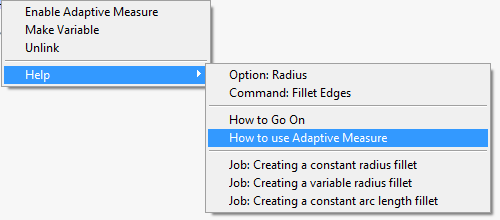Top 10 Features: Adaptive Measures
Let’s begin the analysis of the ‘absolutely necessary’ functions that distinguish ThinkDesign for their user-friendly characteristics and interactivity level. This month our focus is on the Adaptive measures.
During the design of a product, most of the dimensions are chosen on the basis of the data defined during the project development. Hence the need for the designer to use tools that are capable to get measurements from the 3D model or deduce size information directly from the 2D drawings, already completed or only sketched. These tools must be fully integrated, must not suspend the workflow, and therefore not divert the user’s attention or interrupt the use of a command.
The Adaptive Measures meet this need and are an essential tool that guarantees a full integration with the commands of ThinkDesign. They are included in the basic set of function of ThinkDesign and therefore available to all users, and can be used both for the creation of a 3D model/assembly and in the 2D drawing environment.
How do they work?
For each command ThinkDesign, which requires the insertion of a numeric value through the Mini-dialogs, it is possible to enable the use of Adaptive Measures directly from the context menu, with the ‘Enable Adaptive Measure’ command.
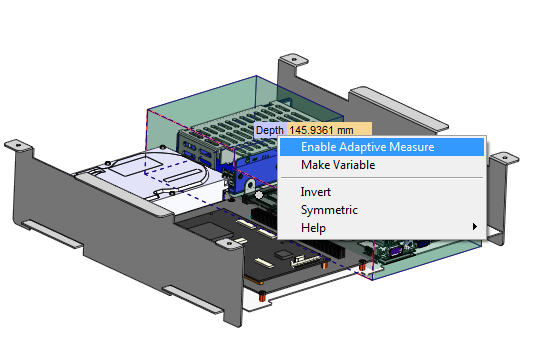
The Adaptive Measures have different uses. In general it is possible to measure directly in the current document (model or drawing) lengths, diameters, radii, angles of entities, distances between points and values read directly by selecting the dimensions. The resulting measured value is made available as input in the mini-dialogs.
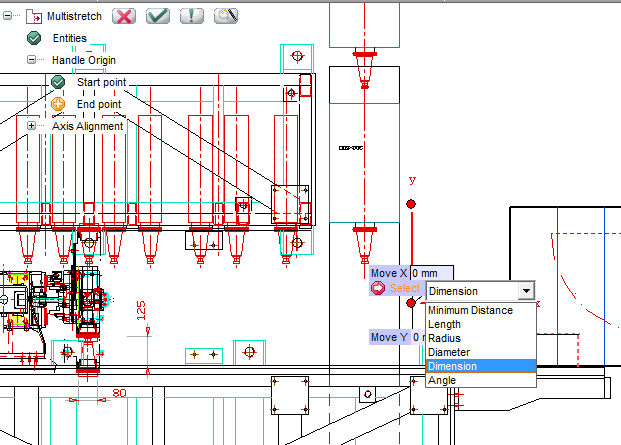
What are the benefits?
The use of Adaptive measures brings considerable advantages for the user. In fact, it avoids the insertion of the numerical value without interrupting the current command and greatly simplifies the operation processing, thus making the design easier and error free.
This advantage is even greater when using Adaptive measures on parametric geometries and associative features. In fact, the selection of edges of solids or of measured dimensions establishes an implicit relation between the measured geometry and the feature that uses such geometry.
Sometimes, the designer must perform certain features, such as lightening or reinforcement, the parameters of which are related to the nominal dimensions of the part. Let’s consider, for example, the slot of a rod in a lightening feature, the goal is to relate the slot depth to the nominal thickness of the rod and then adjust the fillets for the rod.
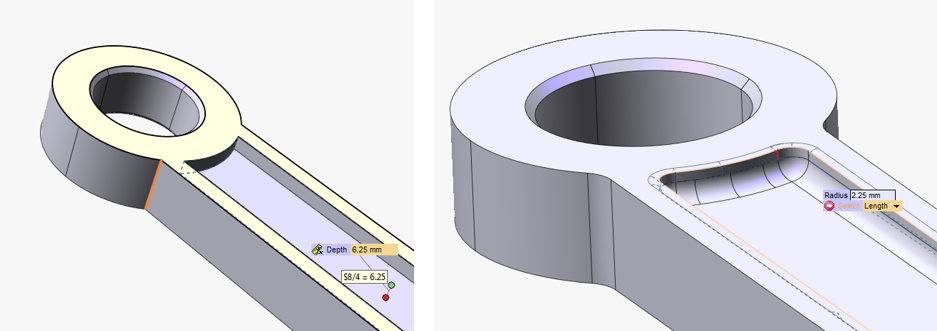
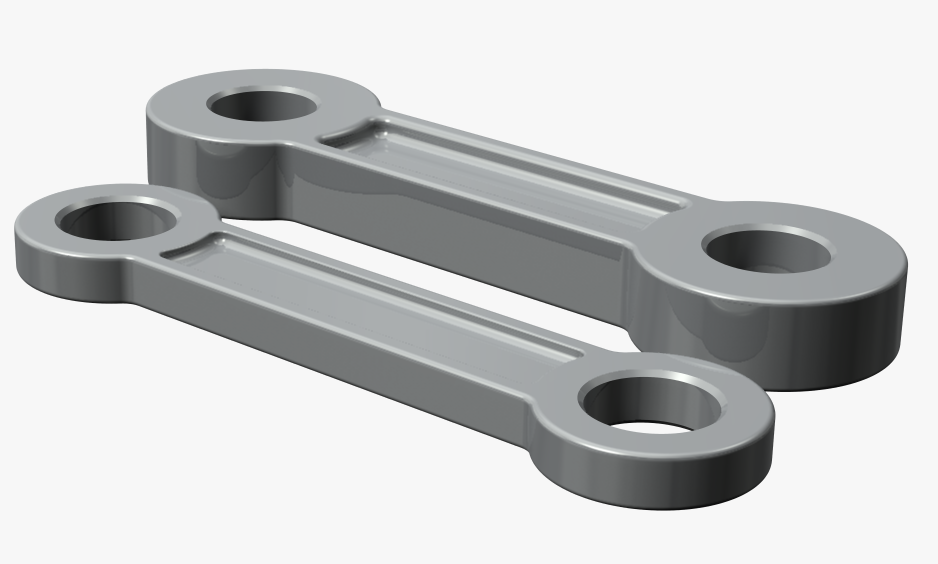
Adaptive measures can also be used to relate dimensional aspects with different details. Consider, for example, the need to relate the diameter of the slot of a support with the diameter of the flange that is coupled with it. The desired measure can be obtained by simply enabling the Adaptive Measure of the diameter on the feature of the slot and selecting the edge of the flange. Moreover, not only the size of the quarry will be related to the diameter of the flange but also the feature of the quarry will be highlighted in the Model Structure in order to facilitate the identification of the relations existing in the model.
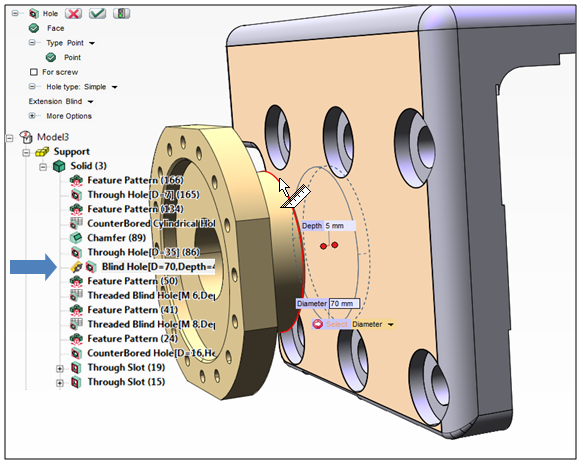
In this way, we can create implicit relations between the parts and the parameterization process is immediate. In addition, the redefinition of the operation, the Adaptive measure is shown in the mini-dialogs thus facilitating the user to find the relations and redefine or delete them.
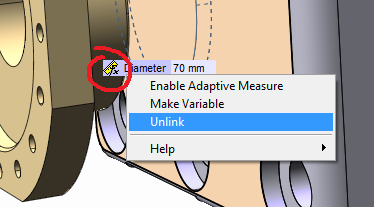
Besides that, adaptive measures allow the use of expressions. Consider the need to add a clearance of 2 mm to the quarry so far used as an example. By editing the value in the mini-dialog, the $ n value will represent the ‘measured’ value on which the expression will be built.
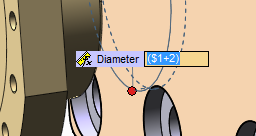
This method avoids the use of variables and the definition of complex relations with the result that the redefinition of the model features is simpler and the design rules can be included directly in the features.
Finally, with the command ‘Make Variable’, it is possible to create a variable and have it directly available in the ‘Spreadsheet’ for a further use or expressions. The value resulting from this operation will be the measured value.
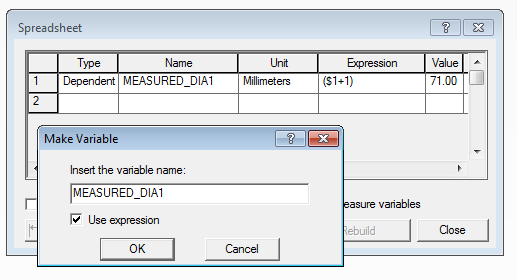
In conclusion, the Adaptive measures are a very useful tool to spare time, reduce errors and simplify the process of parameterization. More details can be found in the online Help available from the context menu.
